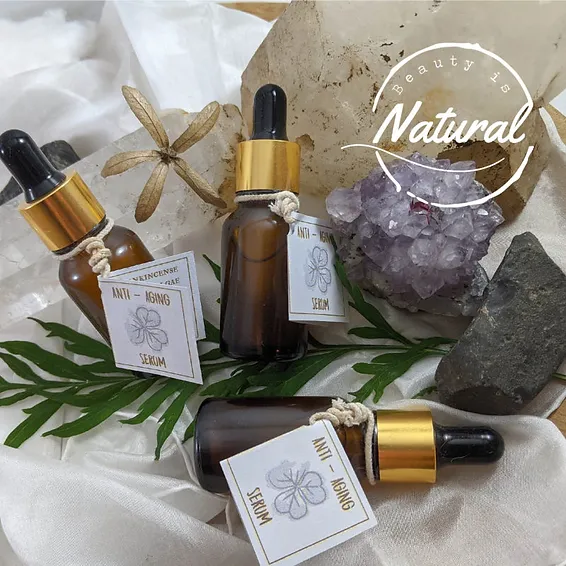Chemicals Contaminants in Cosmetics have been a cause for concern among consumers, regulatory agencies, and health organizations.
Some of these chemicals can potentially have negative effects on human health, ranging from skin irritation and allergies to more serious health issues like hormone disruption, reproductive problems, and even cancer. Here are some common toxic chemicals and contaminants found in cosmetics:
- Parabens: These are preservatives used to prevent the growth of bacteria and fungi in cosmetics. Some studies have linked parabens to hormone disruption and potential breast cancer risk.
- Phthalates: These are often used to make fragrances last longer and to soften plastics. Phthalates have been associated with hormonal disruptions and adverse reproductive effects.
- Formaldehyde: This is often used in nail polishes and hair straightening products. It’s a known human carcinogen and can cause skin irritation and allergic reactions.
- Lead: Lead can sometimes be found in lipsticks and other pigmented cosmetics. It’s a neurotoxin that can have harmful effects even at low levels of exposure.
- Mercury: Mercury can be present in skin-lightening creams and mascaras. It’s a neurotoxin that can damage the nervous system and have other adverse health effects.
- Toluene: Commonly found in nail polishes and hair dyes, toluene is linked to neurological and developmental damage.
- Triclosan: Used in some antibacterial products, triclosan can disrupt hormone function and contribute to antibiotic resistance.
- Coal Tar: Found in some hair dyes and anti-dandruff shampoos, coal tar contains compounds that have been linked to cancer.
- Fragrance: The term “fragrance” on ingredient lists can often encompass a mixture of undisclosed chemicals, some of which can be allergenic or irritate the skin.
- BHA and BHT: These are synthetic antioxidants often used in cosmetics and personal care products. They have been linked to potential endocrine disruption and skin irritation.
- Ethanolamines (MEA, DEA, TEA): These are used in cosmetics as emulsifiers or pH adjusters. They can react with other chemicals to form potential carcinogens.
To make more informed choices, consumers are encouraged to read ingredient labels, choose products from reputable brands, and consider using safer alternatives, such as products labeled as “clean,” “natural,” or “organic.”
“Cancer cosmetics” generally refers to beauty and skincare products that are designed and formulated specifically for individuals undergoing cancer treatment. Cancer treatments such as chemotherapy and radiation therapy can have significant impacts on a person’s skin, hair, and overall appearance. These treatments may cause skin dryness, sensitivity, and changes in pigmentation, as well as hair loss.
Cancer cosmetics aim to address these specific concerns and provide products that are gentle, hydrating, and suitable for sensitive skin. Some common types of cancer cosmetics include:
- Skin Care: Moisturizers, cleansers, and creams formulated to soothe and hydrate dry and sensitive skin. These products often avoid harsh chemicals and fragrances that might irritate the skin further.
- Makeup: Special makeup products that are hypoallergenic and gentle on sensitive skin. Foundations, concealers, and other cosmetics are designed to provide coverage without causing irritation.
- Hair Care: Products like gentle shampoos, conditioners, and scalp treatments that can help manage hair loss and scalp sensitivity during cancer treatment.
- Nail Care: Nail strengthener and nourishing products that address the potential damage chemotherapy can cause to nails.
- Sun Protection: Sunscreen is formulated to provide effective protection for sensitive skin that might be more susceptible to sun damage during cancer treatment.


 Joan Cass
Joan Cass Joan Cass
Joan Cass